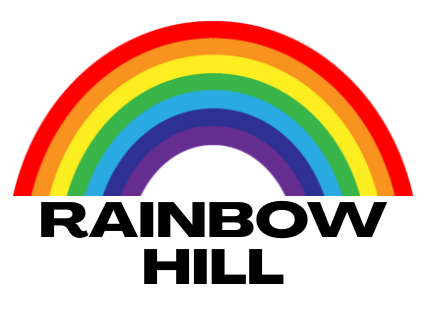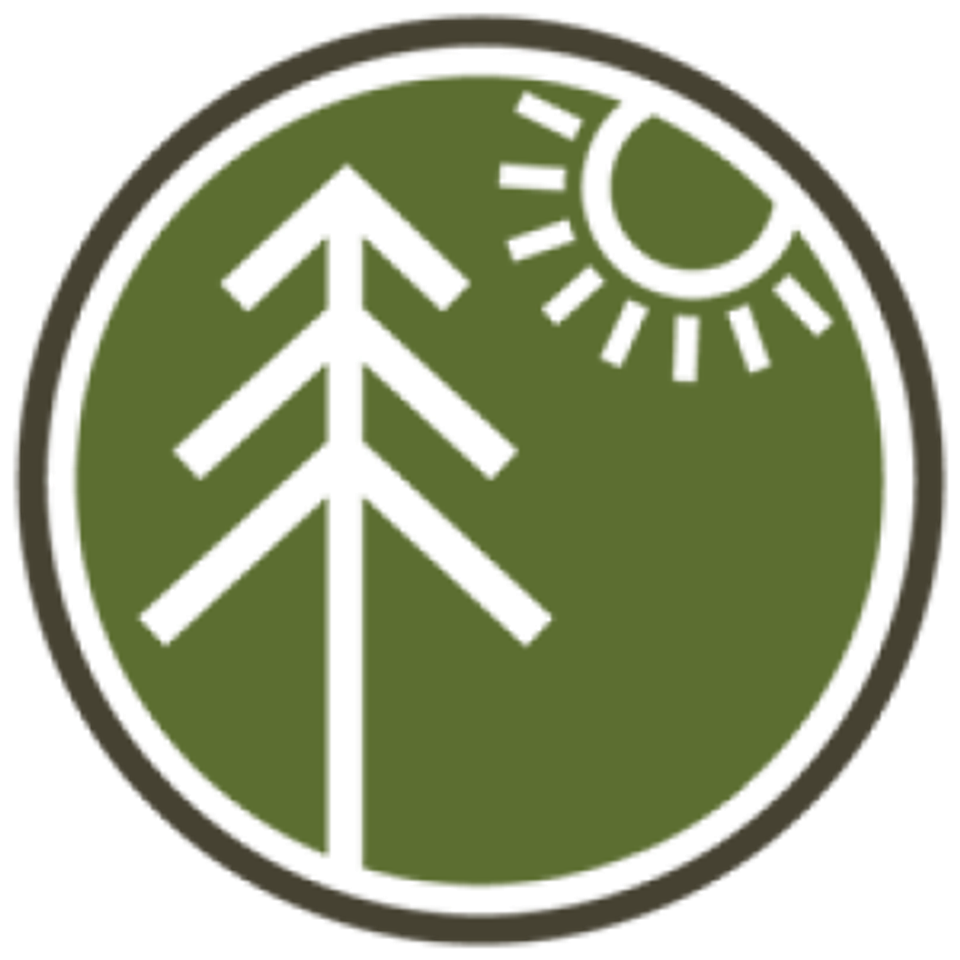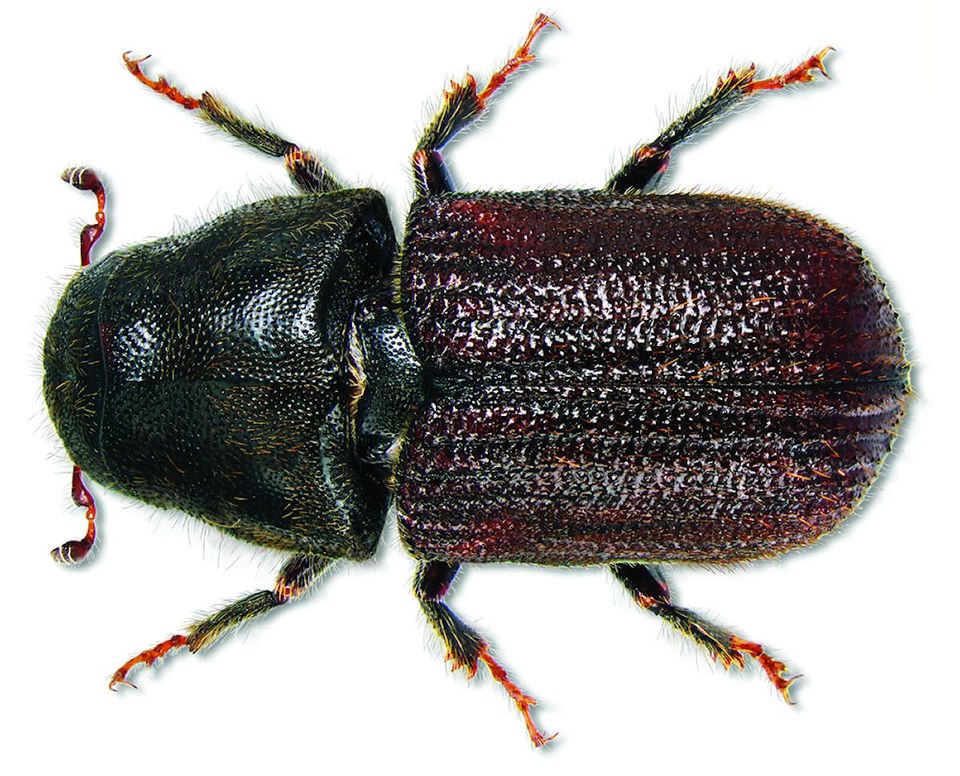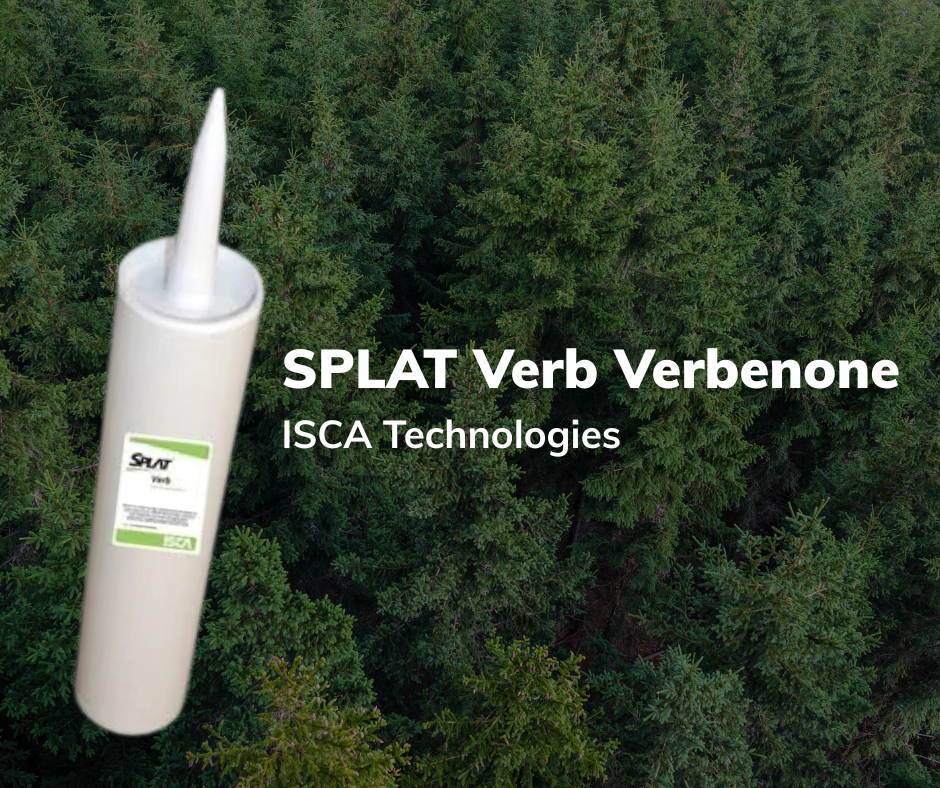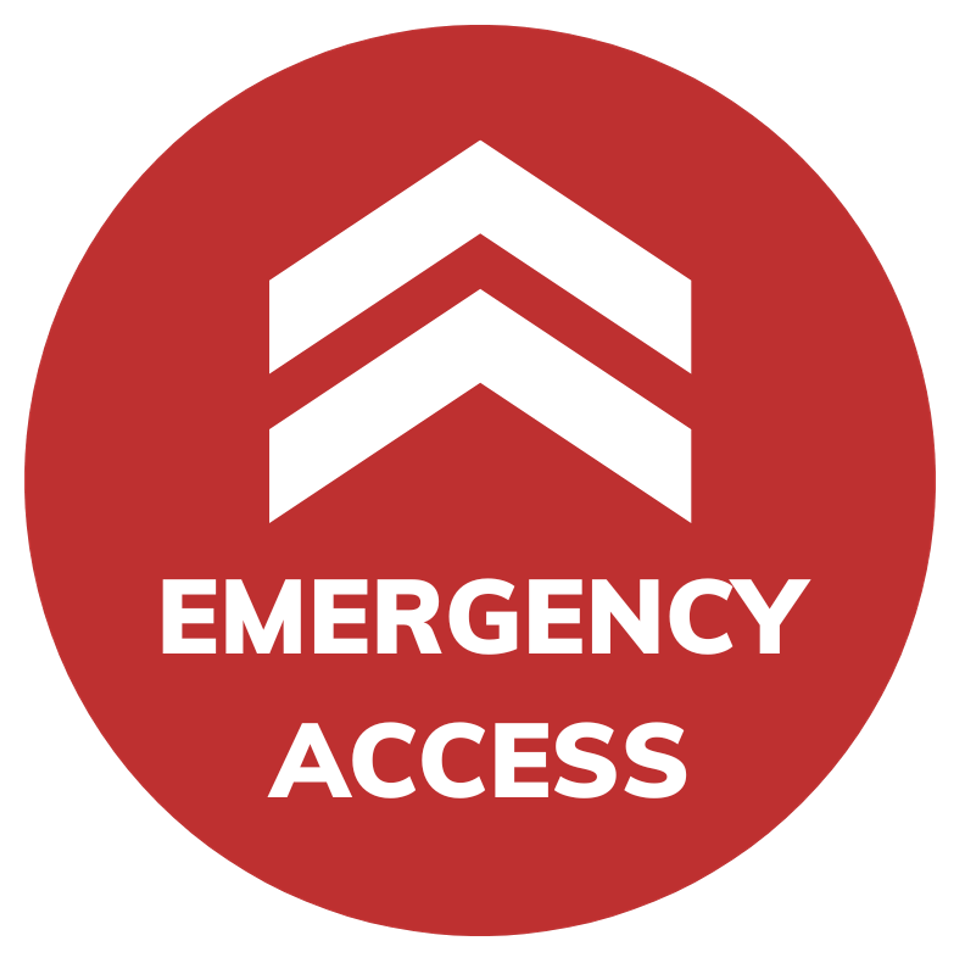
Emergency Access
Source: Foothills Fire Protection District, C0 - Community Wildfire Protection Plan, December 2020
Rainbow Hill faces serious evacuation challenges in the event of a wildfire. The terrain is steep and complex, with homes positioned above slopes that could channel fast-moving, intense fires. Access is limited to dead-end roads, with Rainbow Hill Road as the only way in and out of the neighborhood. While paved roads are in generally good condition, many sections are narrow, with dense vegetation growing right up to the roadside, creating additional fire hazards. Private roads and driveways present further concerns: most are dirt, narrow, and surrounded by heavy vegetation, making them difficult to navigate during an emergency. Turnaround space is extremely limited—only one reliable paved turnaround exists at the far end of Rainbow Hill Road.
The CWPP emphasizes that evacuation planning is critical for life safety. It recommends:
Without these measures, Rainbow Hill’s evacuation risks remain dangerously high.
Rainbow Hill faces serious evacuation challenges in the event of a wildfire. The terrain is steep and complex, with homes positioned above slopes that could channel fast-moving, intense fires. Access is limited to dead-end roads, with Rainbow Hill Road as the only way in and out of the neighborhood. While paved roads are in generally good condition, many sections are narrow, with dense vegetation growing right up to the roadside, creating additional fire hazards. Private roads and driveways present further concerns: most are dirt, narrow, and surrounded by heavy vegetation, making them difficult to navigate during an emergency. Turnaround space is extremely limited—only one reliable paved turnaround exists at the far end of Rainbow Hill Road.
The CWPP emphasizes that evacuation planning is critical for life safety. It recommends:
- A vegetation management plan for all public and private access roads.
- A formal evacuation plan to guide residents and visitors during a wildfire.
- Regular public education and plan reviews to ensure residents know evacuation routes and procedures.
- Improved reflective street and address markers so that emergency responders—especially those unfamiliar with the area—can quickly locate homes during a crisis.
Without these measures, Rainbow Hill’s evacuation risks remain dangerously high.
